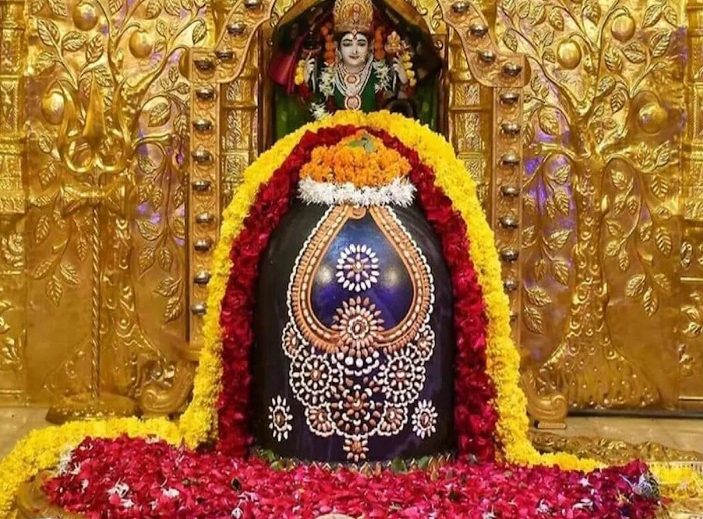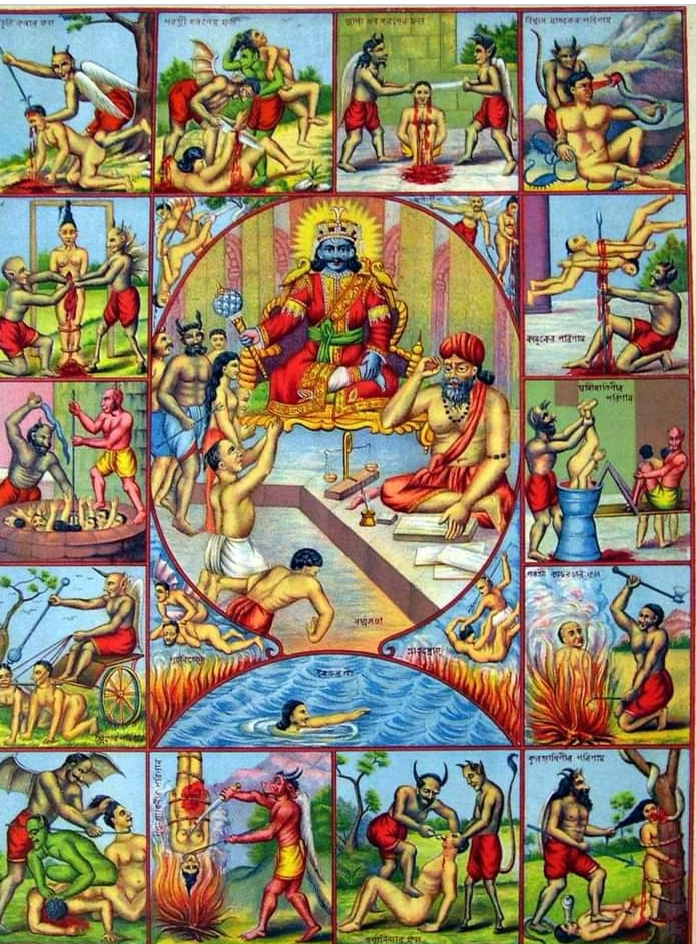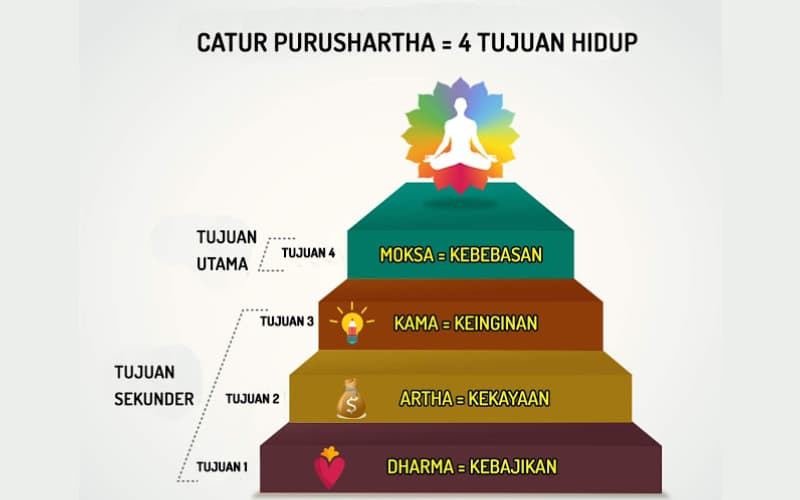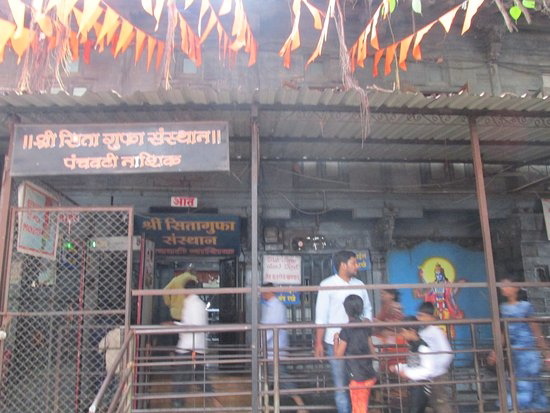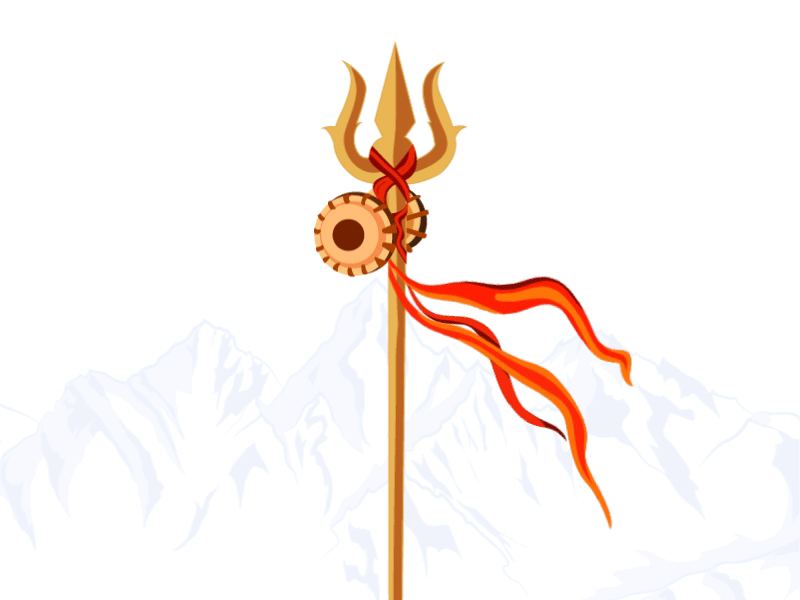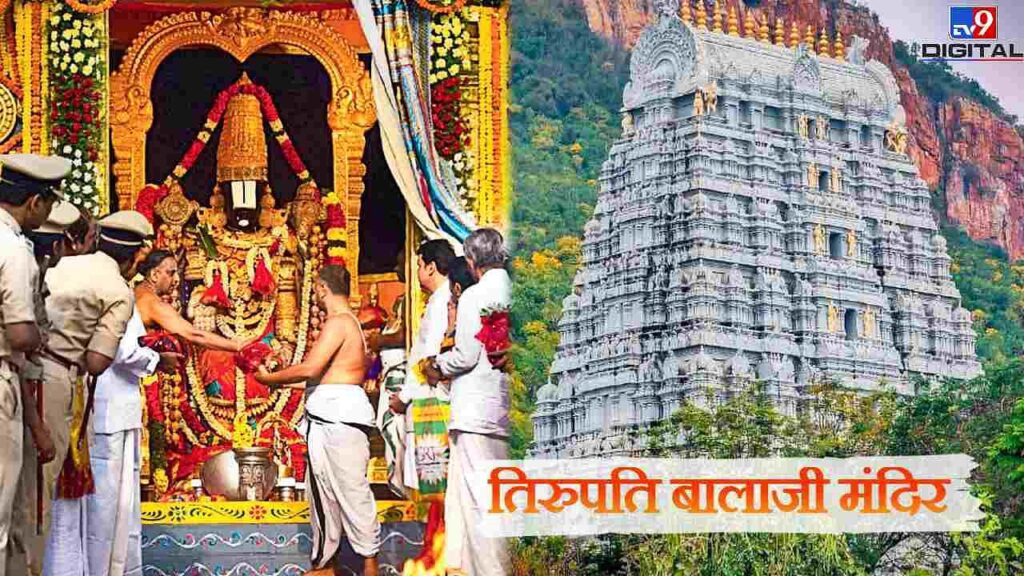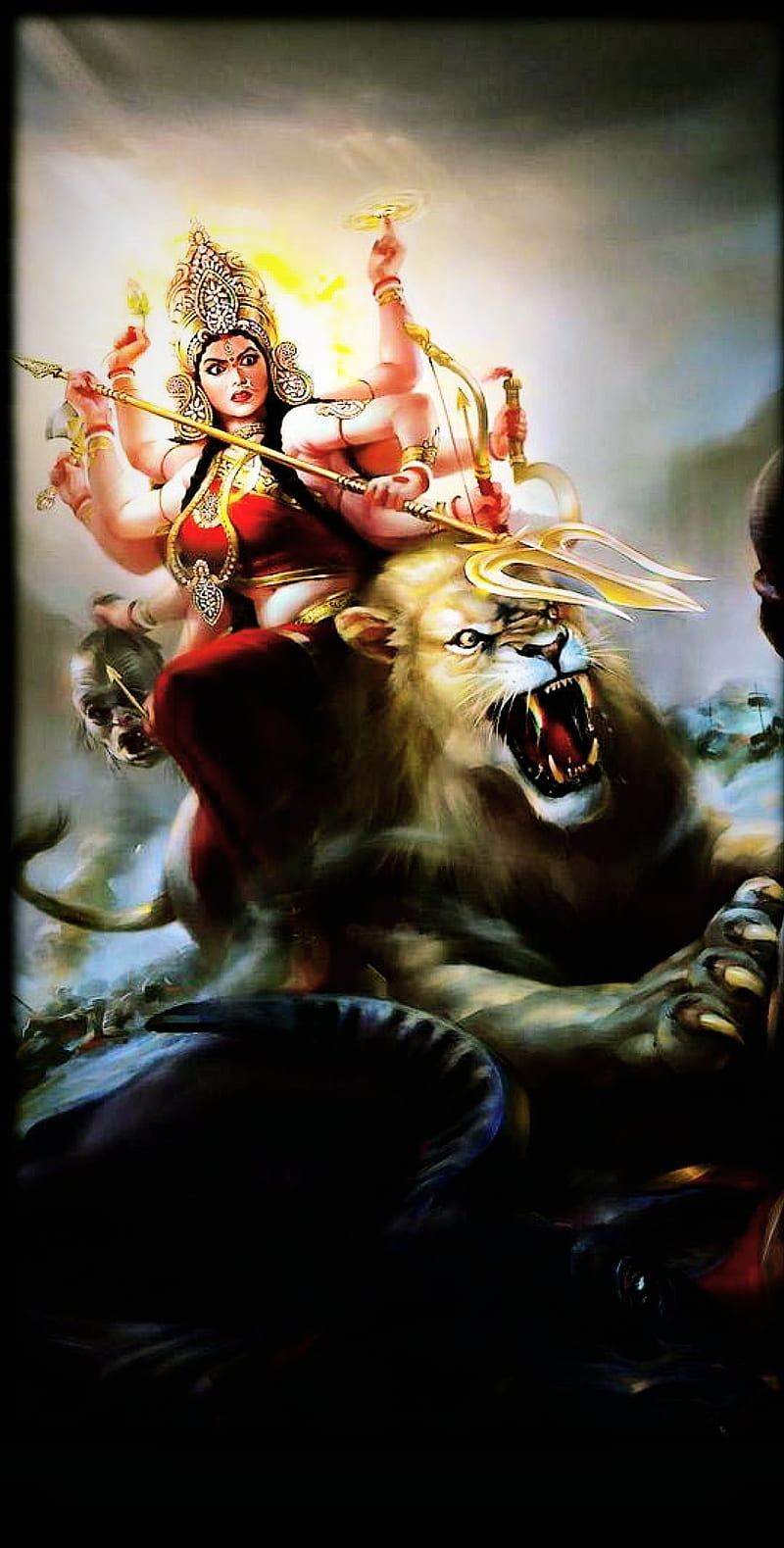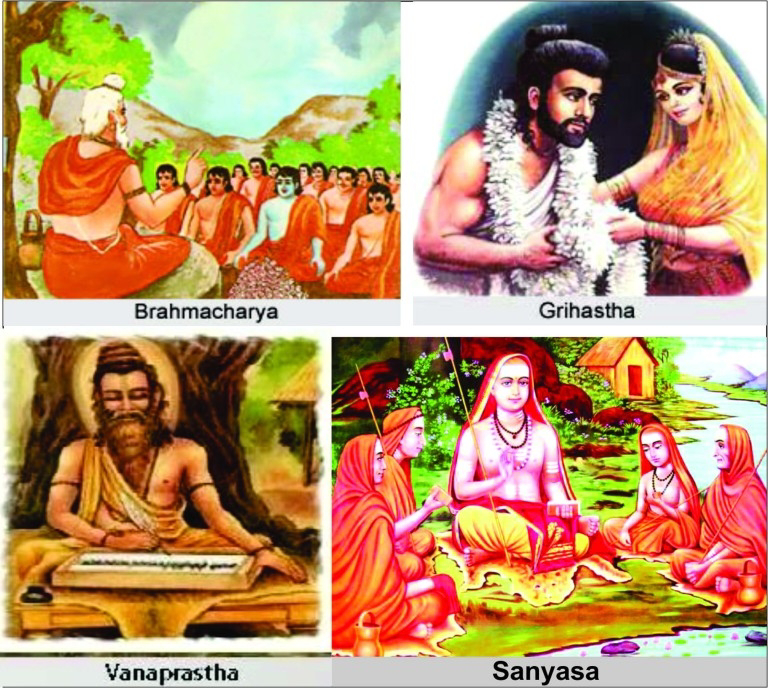The story of Hayagriva .

Hayagriva is a divine figure in Hinduism, often depicted as a deity with the head of a horse and the body of a human. The story of Hayagriva is primarily associated with the preservation of knowledge and the defeat of ignorance. According to Hindu mythology, during a cosmic time known as the "Dvapara Yuga," an asura (demon) named Hayagriva stole the sacred Vedas from Lord Brahma, who is considered the creator of the universe. This act of stealing the Vedas threatened to plunge the world into darkness and ignorance. In response, Lord Vishnu, the preserver of the universe, incarnated as Hayagriva to restore the balance and protect the knowledge contained within the Vedas. In this form, Vishnu had the head of a horse, symbolizing wisdom, and the body of a human. He engaged in a fierce battle with the demon Hayagriva to retrieve the stolen Vedas. After a fierce struggle, Lord Hayagriva defeated the demon and recovered the Vedas, ensuring that knowledge and wisdom would continue t...



